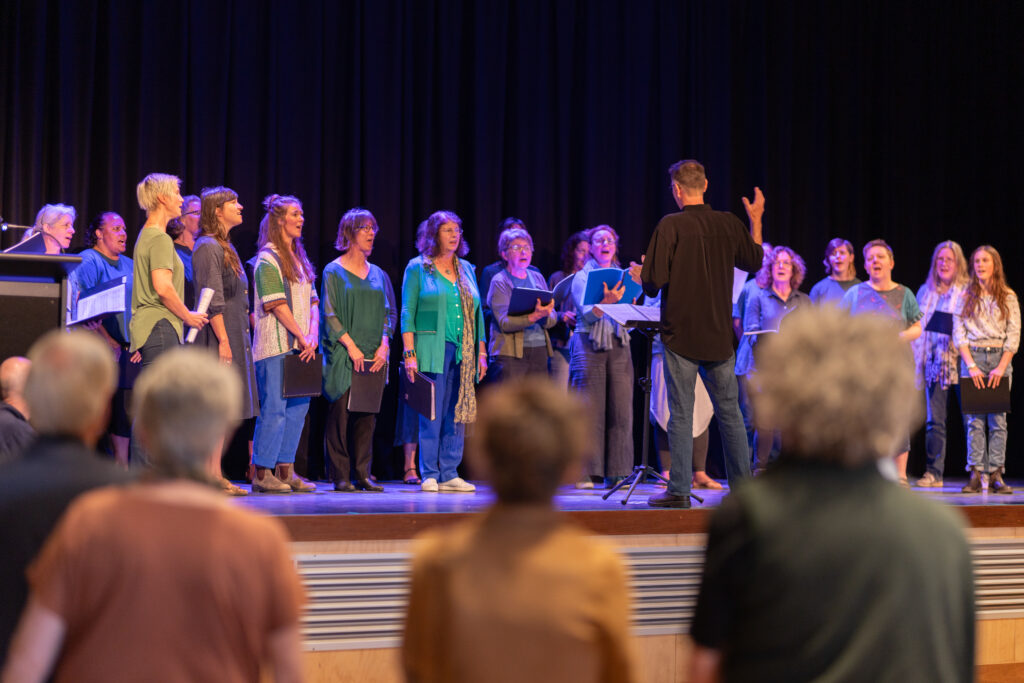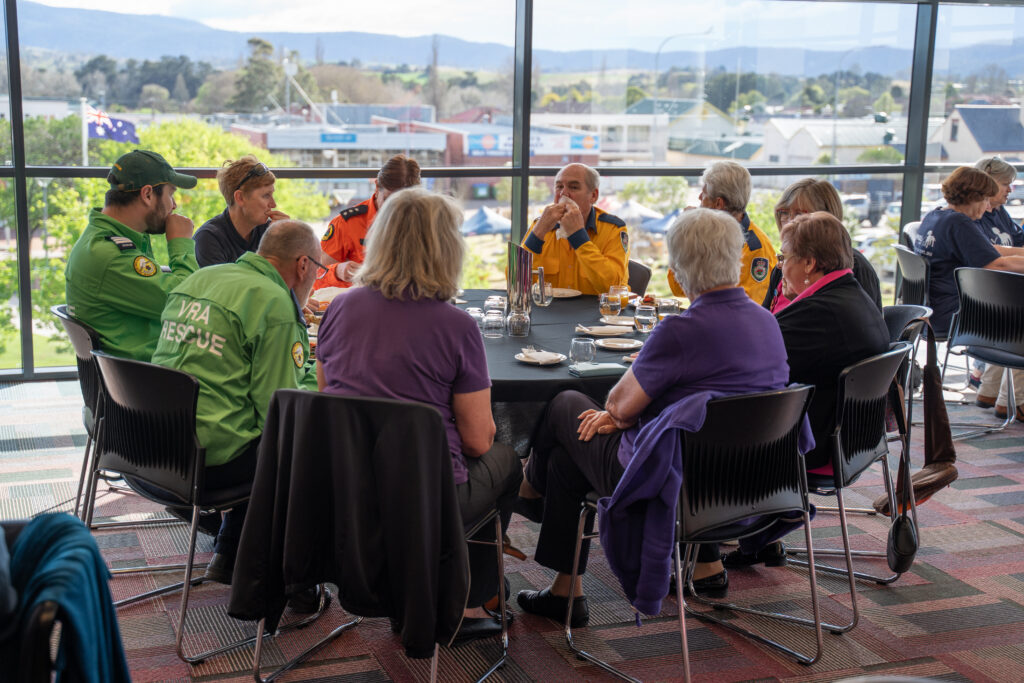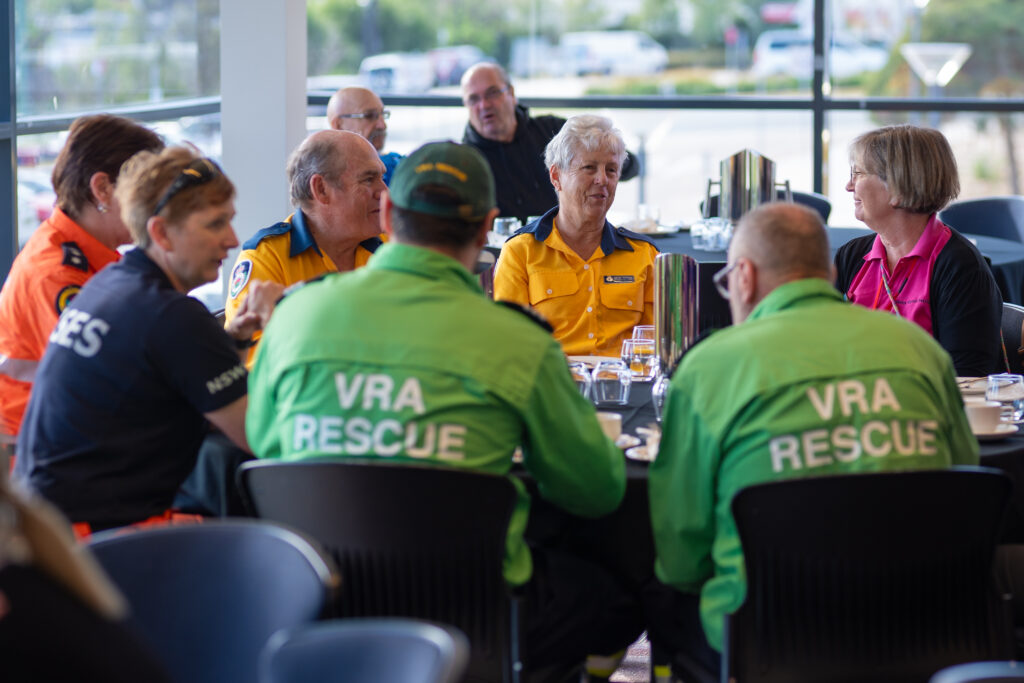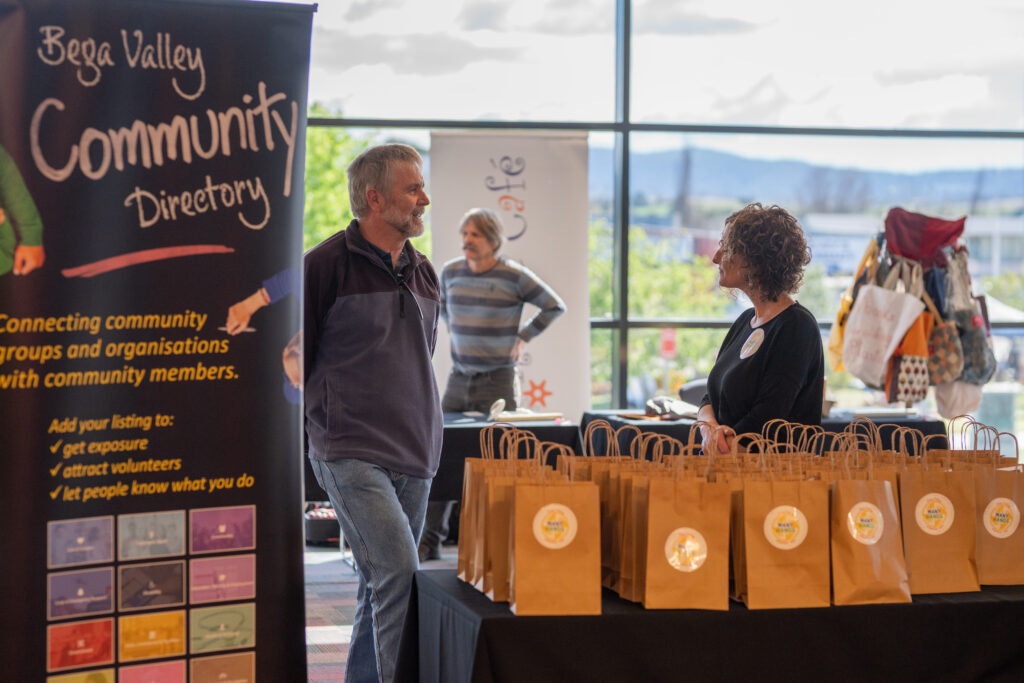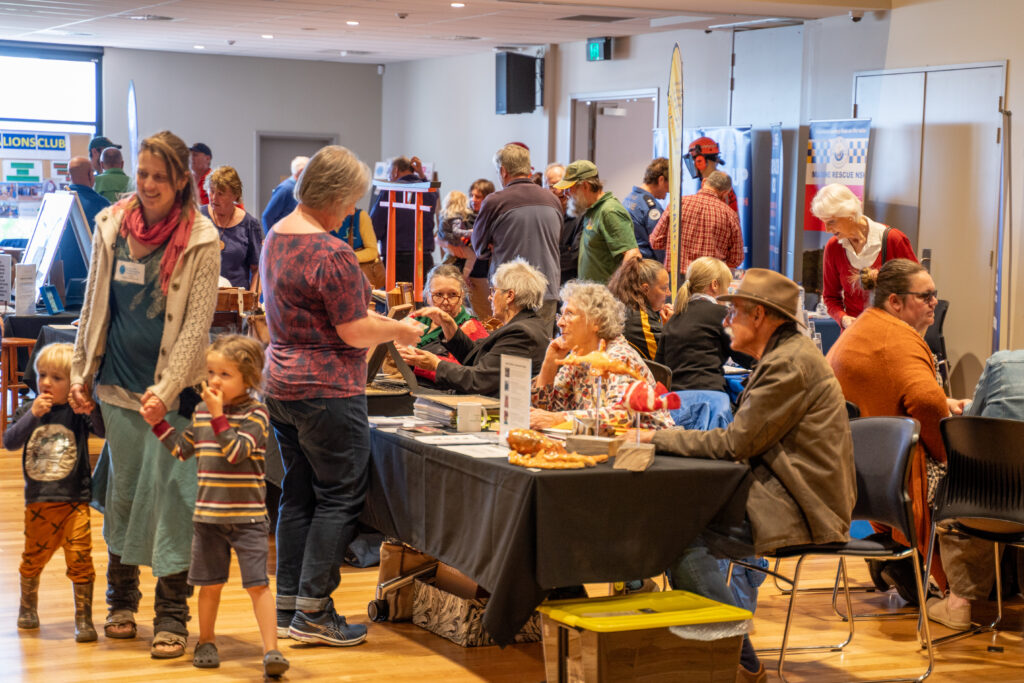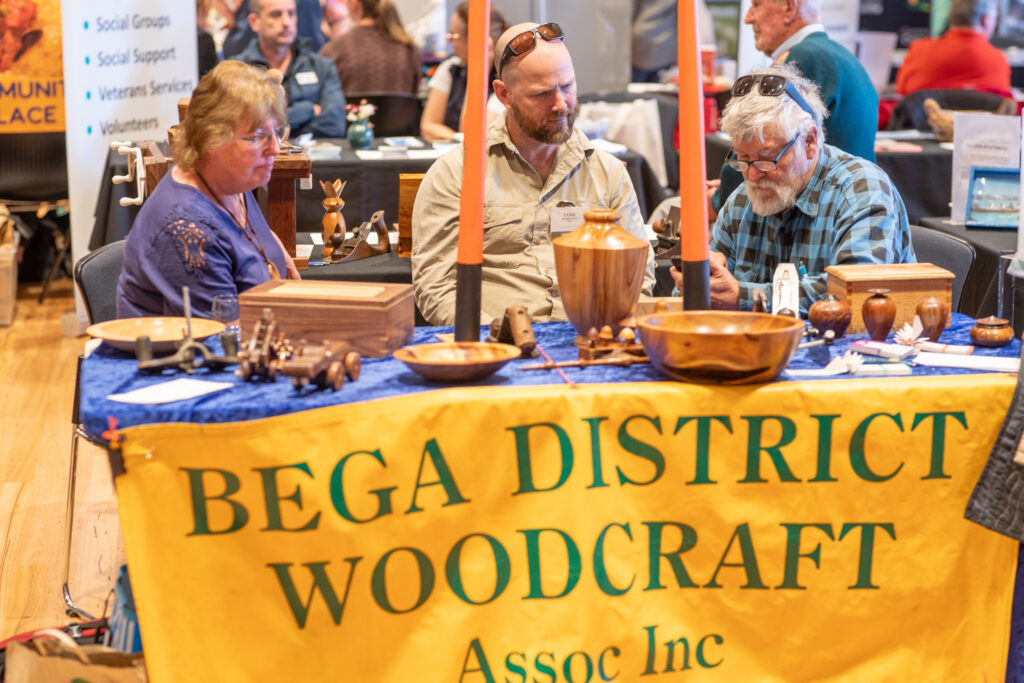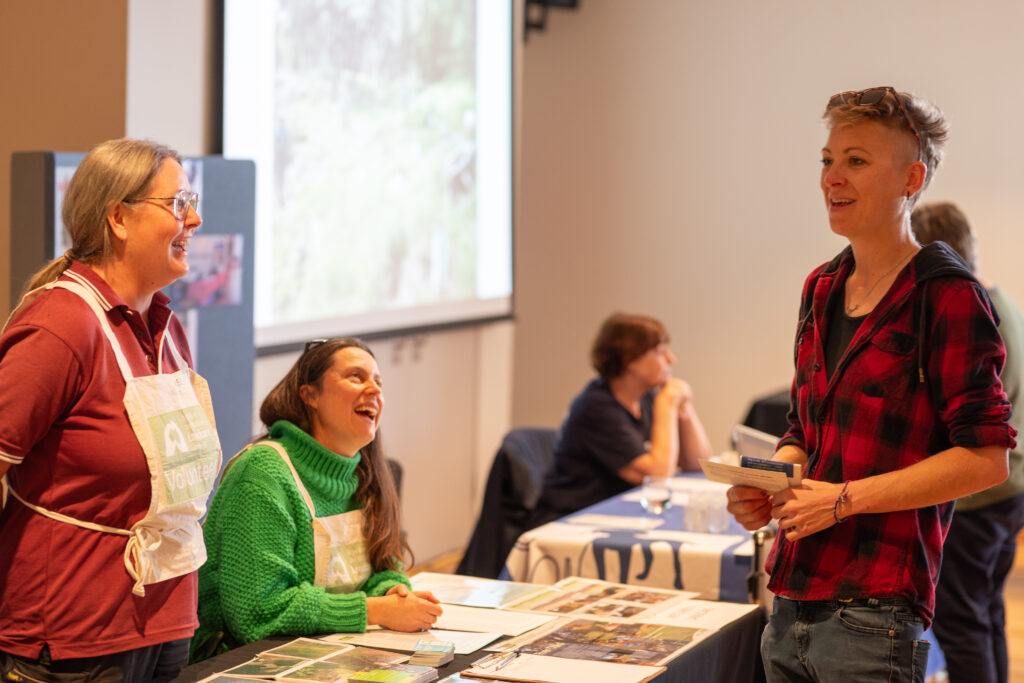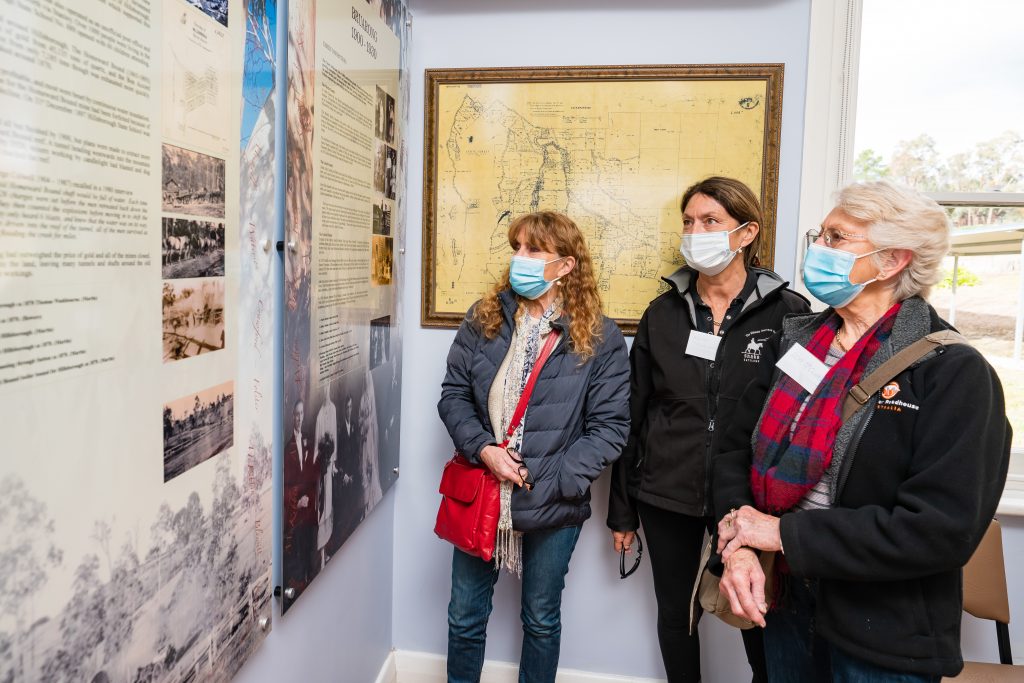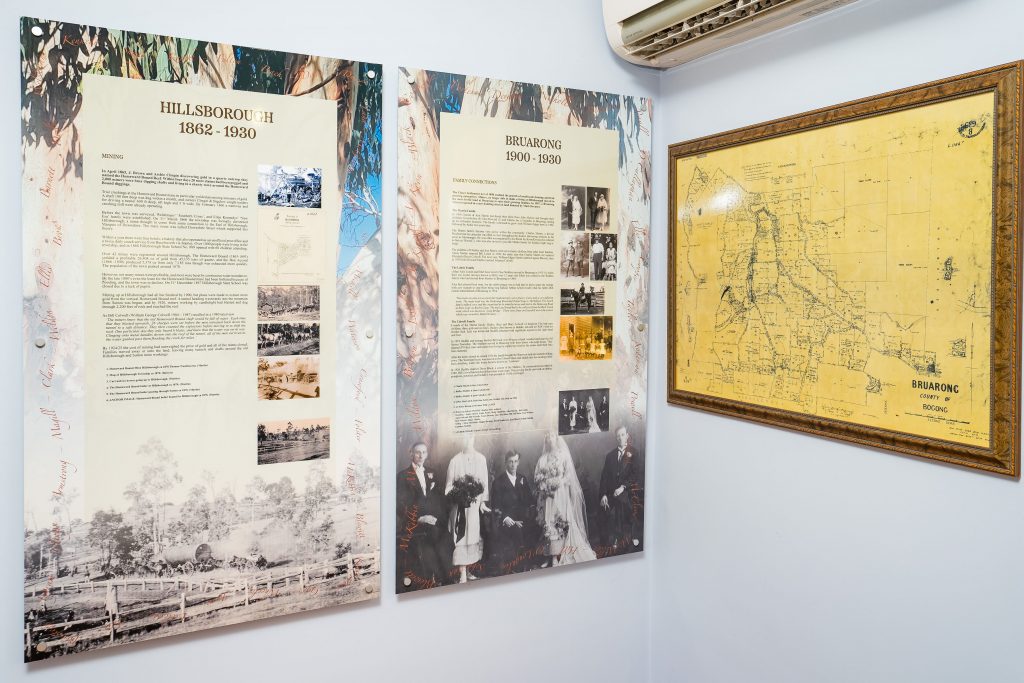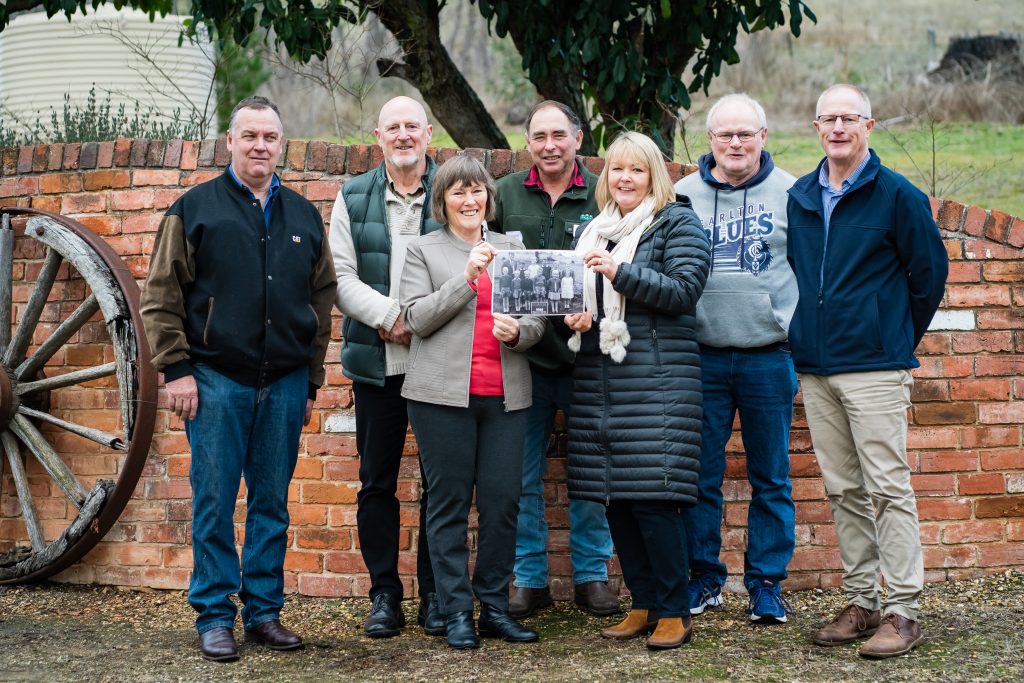Foundation for Rural & Regional Renewal (FRRR)
Communities on the South Coast are known for looking out for each other and the community organisations that emerge this part of the world do amazing things to protect the places they call home.
Treading Lightly is one such organisation well known for its care of community and the local environment along the coast.
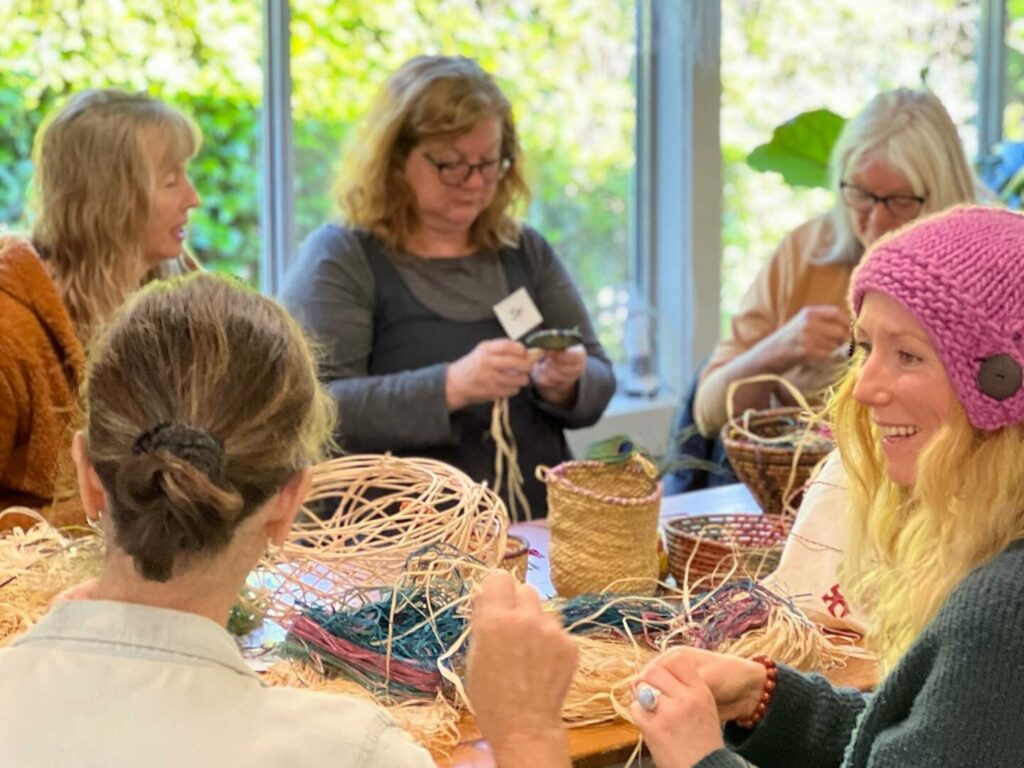
When the bushfires devastated the local area in 2019, Treading Lightly sprang into action, forming groups and sub-groups to assist the community in a variety of ways. From food drives and drops, to bush regeneration, Treading Lightly was in multiple places providing multiple supports for the community. This work went on for months and required a lot of organisation and people power.
“When the fires came, all of our houses got turned into community centres,” said Monica Mudge, President of Treading Lightly.
The organisation quickly realised that they would need a dedicated space from which to conduct their activities – a community hub where the group could hold meetings for all the different groups and tasks, and a place to store materials to be distributed. In short, a space where volunteers could do what needed to be done without bringing it all home.
This is where an FRRR IRCF grant was able to assist.
Treading Lightly received funding to set up a central space in Milton. This community hub quickly became a place of connection, as well as organisation. It is used not only by Treading Lightly and its team of dedicated volunteers but by young people, Rotary, the Knitting Nana’s and more. Treading Lightly also hosts workshops in the space, some of these which have been a source of healing for many bushfire-affected locals.
Monica has seen first-hand what a difference the space has made.
“People really love being there, they feel it’s such a welcoming, beautiful space to be in, it’s just great!”
On Waveroo Country
The exquisite Bruarong Community Centre, on the site of the old Bruarong School, serves as a hub for the people of this tiny hamlet situated on the road between Yackandandah and Myrtleford in Victoria’s High Country. The Community Centre plays an important role within the small community, which is 314 km from Melbourne. It is both a place to prepare and for emergency response, and thanks to upgrades that followed the 2009 Victorian bushfires, it is now a designated Safer Place, and a potential base for fire-fighters to rest and recuperate during emergency response.
It’s also a place for people to meet and gather, to create a sense of place and a sense of belonging. After 2009, the Community Centre’s management committee recognised that despite the bushfires it was an opportunity to strengthen community engagement, enhance the understanding of the history of the area and create an inviting community resource for Bruarong, Hillsborough, Sutton, Tunnel Gap and Back Creek residents. Initially upgrades to the building and access to water supply for bushfires were achieved. They had an underlying goal to help reduce social isolation, as well as enhance the hall, both visually and acoustically.
They sought a grant through the Grants for Resilience and Wellness program, funded by the Victorian Bushfire Appeal Fund, which so many members of the public contributed to, following the fires. The funding would help them to research, digitise appropriate images, and produce a series of historical panels to be displayed permanently in the Bruarong Community Centre, thereby also enhancing the amenity of the hall.
They secured a grant of $9,750 and the five-person sub-committee set about implementing their carefully staged community development project. The original plan was to collect images and objects to be displayed in the Hall during a community morning tea designed to introduce the concept and get people talking and remembering stories. However, COVID intervened and instead, they moved to digital invitations and word of mouth. There was still strong buy-in from the community and so they set about gathering information, approaching long-standing families to be involved and share histories through images, objects, supporting documents and some oral histories. This was the first of the collaborative elements of the project, with many people and groups from across the community, many of whom provided letters of support for the project, engaged in research and capturing the unique stories. Several open days were held, inviting the community for a cuppa and to come and share their stories and images. Resourcing this project also included local areas e.g., loan of recording equipment from neighbouring Stanley Community Centre.
Then it was time to decide what was to be displayed and exactly what panels would be most appropriate to achieve their goals. Attention turned to the text and graphics, including photography, scanning and digitisation. This was undertaken by the volunteer committee collectively reviewing all the information and images. A curator and graphic artist assisted to ensuring a high-quality product was achieved.
While COVID impacted the delivery of the project, the efforts of many over more than 18 months came together with the official opening of the exhibition and reveal of the panels at a community event. Various groups visited the Community Centre to view the interpretative panels including local Men’s Shed Groups, Individual families joining together and historical societies. This provided an opportunity for socialisation during COVID
According to Heather Hillas, Project Leader, the Centre now has gorgeous interpretive panels, charting the history of this area, from the indigenous history up to current day including Thillangananga, Sutton and now Bruarong.
“Bruarong Community members, past and present reconnected and reminisced, sharing the positivity of the day, in addition to poring over the detail of the panels. It was very special to welcome back families who had supported the Bruarong Primary School and worked so hard to create the Community Centre when the Bruarong School closed. The current committee is conscious of maintaining the Centre in trust for our present and future community,” she wrote.
This is a valuable resource for ongoing connection. With the support of further funding from FRRR, the collection of over 10,000 images, family stories and articles are being collated and digitised for the local Yackandandah, Beechworth, Myrtleford and Victorian State Libraries. Further funding has been resourced from Saluting Our Service. This has enabled development of an interpretive panel through research into World War I and II service people and the refurbishment of the Honour Boards. This history will be included in the digitalised collection. Following this, a Bruarong History book is the next project on their agenda, which is also being supported by FRRR. In addition, further open days for the community are planned so people can view the interpretive panels and join together in friendship. Engagement with the community is a priority and is growing, signifying the continuing strength and resilience of this community.
For more inspiring stories like this, head to our FY 2021/22 Annual Review.
About 70 km north of Roma, in Queensland’s Maranoa district, there is a crossroad, a place that most people pass by. It’s not a barren area – it has its own sense of beauty, but it is not an easy place to live either. It’s known as Roughlie.
In the five years from 2014, this small part of the world experienced pretty much everything the elements could throw at it. They endured floods, fires, severe drought conditions and decreasing commodity prices. But they are a resilient bunch of people.
During these hardships, two farmers – a husband and wife team – offered a parcel of their land to the community for the purpose of establishing a not-for-profit community centre.
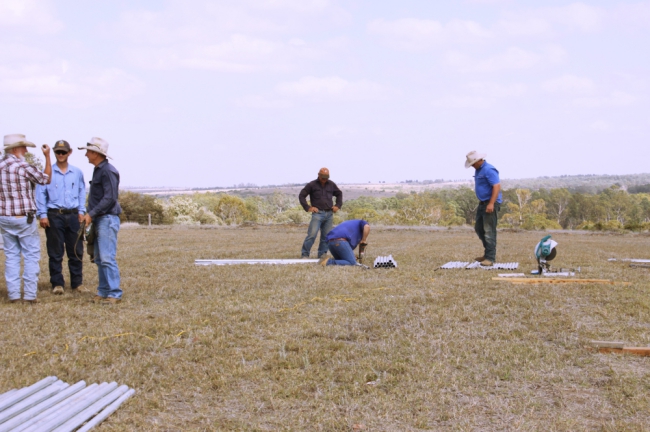
As Lexene Spreadborough, Treasurer of Roughlie Community Centre explains, they saw a need to have a place where the community could come together for physical, emotional and mental wellbeing through social interaction and community involvement.
“[We needed] a place for members of our community and district to come together for mental and moral support is vital during droughts. A community space allows drought-affected farmers and graziers to support each other – improving community connectivity and in turn build a stronger community.
“The Roughlie Community Centre Inc. was established in July 2014, and by the October we had 40 members forming the working committee. All members and the community were volunteers with no paid staff.
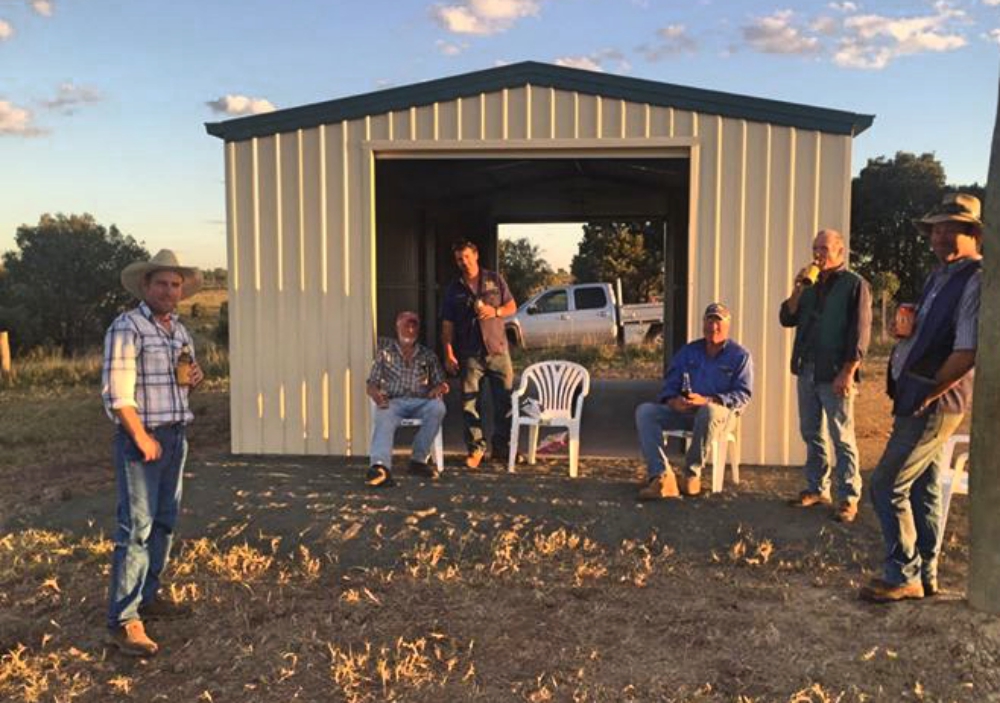
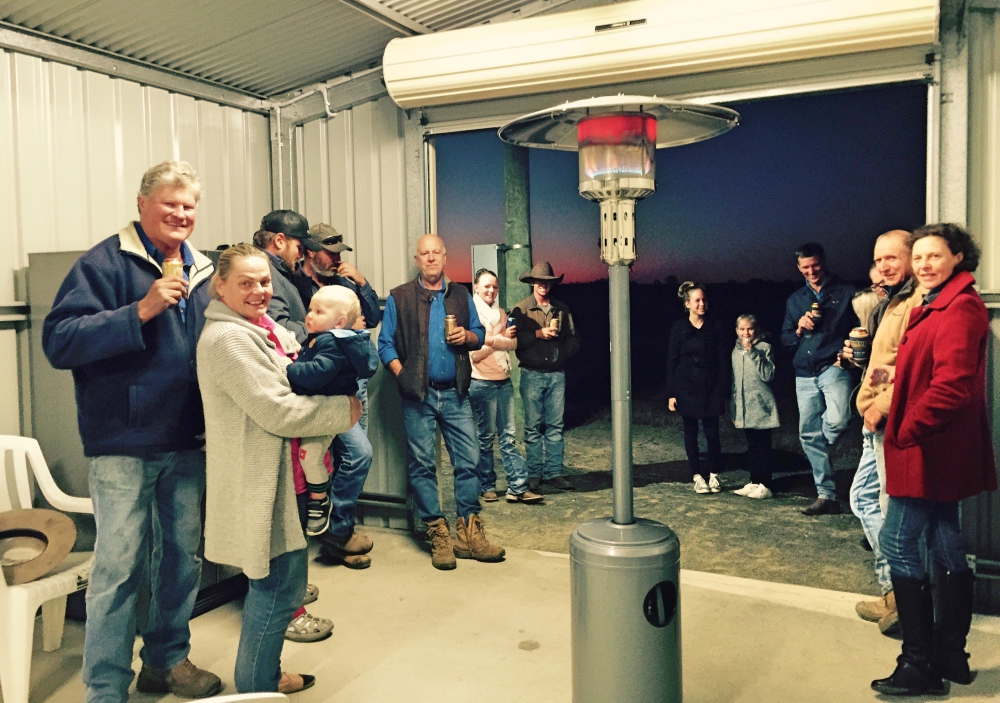
“Our vision was to have a centre to be used for social functions, sporting and recreational activities and to provide a venue for industry groups for workshops, seminars and field days. But we needed somewhere to meet, as there was no community meeting place in our district,” said Ms Spreadborough.
The ‘It started with a Shed’ project was borne, as part of the first stage in their shared vision.
“We received a $9,990 grant through FRRR’s Tackling Tough Times Together program to build a Shed for the community to come together to fundraise and plan the centre. The money, which we know came from the Tim Fairfax Family Foundation, was a catalyst for further funds, with substantial additional donations being made to connect the power, install a rain tank, a BBQ and stainless-steel benches. Another successful application to the Maranoa Regional Council’s ‘Community Grant’ program provided half the cost of fencing of the land, with the remainder being funded by members and residents. And we’ve gone on from there, since securing other grants and we now have a new Community Centre.
“The Shed – the first building on our land – started it all. It’s led to families coming together to connect with other members of our district. We have held card afternoons, club meetings, theme nights and other events. Before this some people had very little social interaction.”
Kara Spreadborough works as a Clinical Nurse Consultant at the local hospital. She has a young family, and to her, the Shed offers a special place of connection and sense of community.
“[In my role], I see the importance of that interaction and connection for the community, so I provided a letter of support just to say that working in the outback for the last 8 years, I’ve seen the importance of coming together as a community and the mental health aspect of it. Just sharing stories, sharing a cuppa, really does help people process things, because there’s that aspect of people being a bit more lonely, a bit more isolated in the bush.
“The whole process of applying for the grant was seamless. Although these things seem daunting, once you get going and talking to people… And the fact that we got what we asked for, we were blown away, but we were so appreciative. Doing this for the community, people would stop us in the street and say how amazing it was that we got this building, because it is amazing.”
Lexene Spreadborough said that while they’ve only just started using it, they have had a lot of people enquiring about it now, but mostly for workshops, seminars, information and industry-related training days.
“It’s also used socially for anyone in the district, sometimes we have a Friday night get together here, we have our meetings here, rural fire brigades have their meetings here, and Anglicare has a monthly children’s playgroup,” she said.
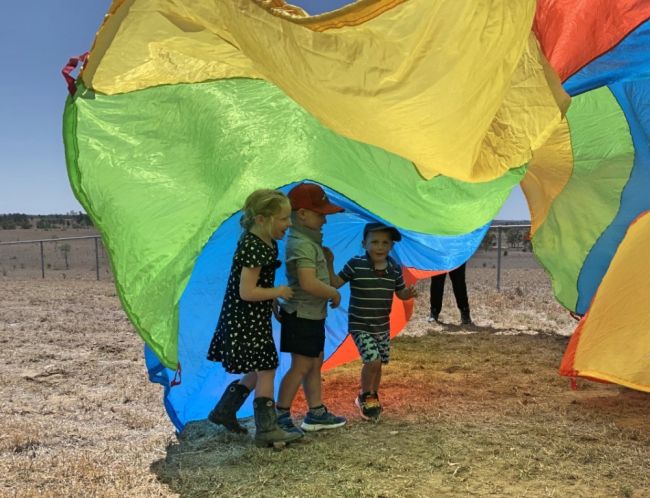
President of the Roughlie Community Center, John Frith, said, “I think it’s a real positive to the area to bring people together more regularly, and the guys obviously share similar challenges and successes. They can get together more regularly than they otherwise would with this facility here, which I think is important on two fronts; socially, and the potential to bring industry forums to the actual doorstep.”
And while the finishing touches to the Community Centre were only made in December 2020, the venue has already hosted a number of community gatherings, and a workshop is scheduled in July for community members to gain an understanding of soil carbon sequestration practices to mitigate climate change and move towards better land management and agricultural practices.

